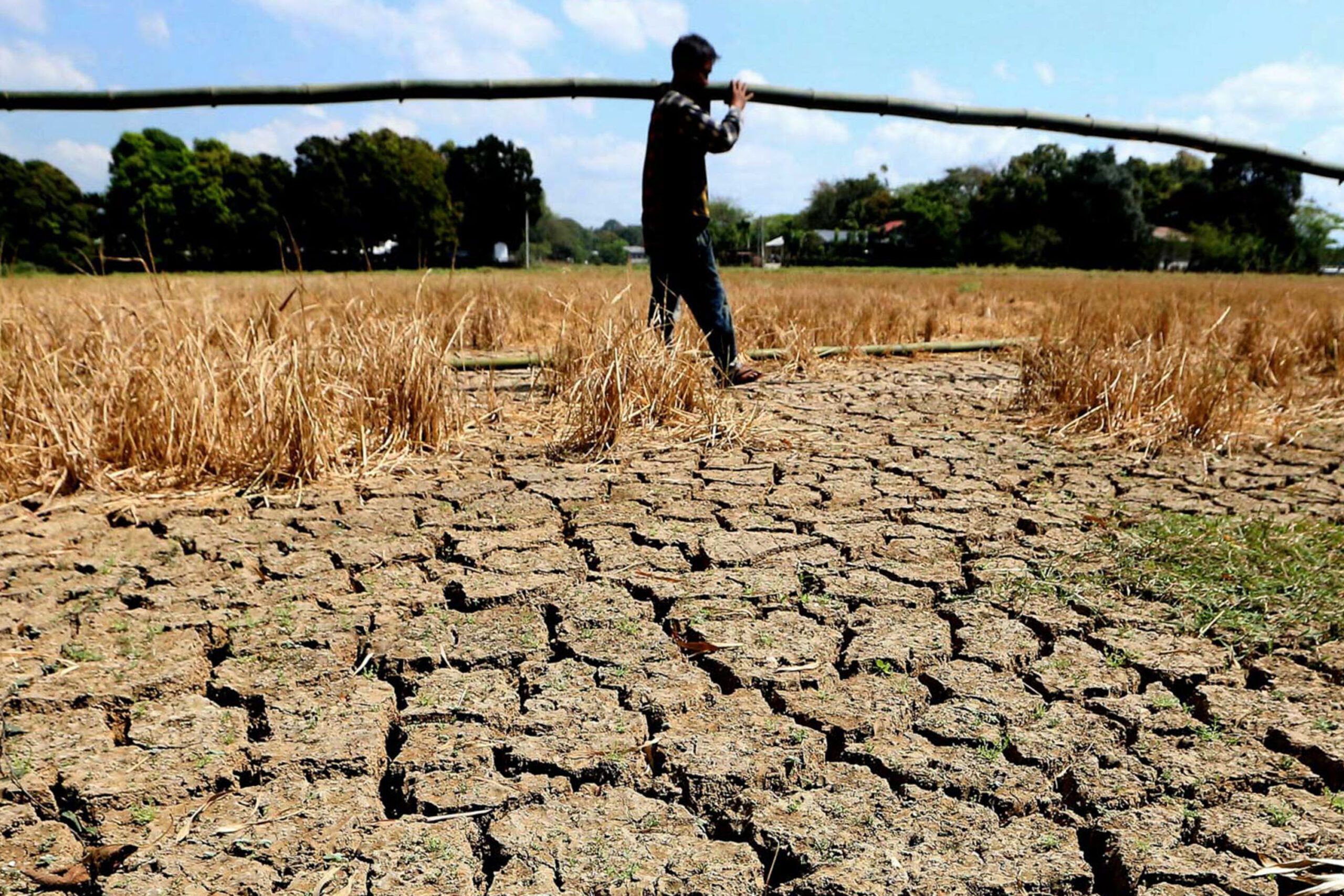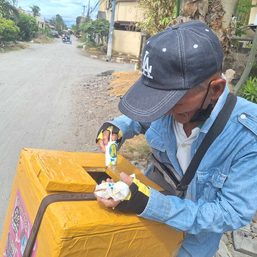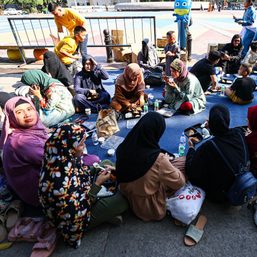SUMMARY
This is AI generated summarization, which may have errors. For context, always refer to the full article.

GENERAL SANTOS, Philippines – Anticipating possible adverse effects on livelihood and the local economy of dry conditions and dry spells associated with El Niño, the local government of General Santos City (GenSan) has created an El Niño Task Force to mitigate foreseeable harm.
City Agriculturist’s Office (CAO) Acting Division Chief, Engineer Dave Ariel B. Ayop, told Rappler that the local government is conducting a massive information, education, and public awareness campaign on the El Niño phenomenon.
They also oversee the monitoring, control, and surveillance activities for crops, fisheries, and poultry and livestock.
In 2015 and 2016, documented reports of El Niño-related crop damage revealed that GenSan suffered severely, with losses amounting to P25.7 million and P15.8 million, respectively.
“Here (in GenSan), we have education campaigns for El Niño. Namimigay kami ng leaflets sa mga constituents ng mga barangay dito sa GenSan. So, ‘yong mga technician namin kapag pumupunta sila [sa mga barangay], they give massive information dissemination kung paano magiging handa sa El Niño na nararanasan natin,” Ayop said.
(Here, we have education campaigns for El Niño. We distribute leaflets to the constituents of barangays here in GenSan. So, when our technicians go to the barangays, they conduct massive information dissemination on how to be prepared for the El Niño that we are currently experiencing.)
In December 2023, the Philippine Atmospheric, Geophysical and Astronomical Services Administration (PAGASA) issued forecasts that indicated a strong El Niño will likely persist until May 2024.
The El Niño phenomenon, PAGASA GenSan Chief Meteorological Officer Binrio L. Biñan told Rappler, started to peak last December and will probably be “neutralized in May.” It will likely have an impact from February till April, he said.
INFO DRIVE. Sample leaflet distributed by CAO. Photo from CityAgri GenSan/ Facebook
No crop damage reports yet
According to Ayop, no reports of crop damage have been recorded so far in the city.
“As we observed may mga ulan namang dumating nung mga nakaraang weeks. So nakatulong din ‘yon sa mga farmers natin, sa mga crops nila,” Ayop said. (As we observed, there has been rain that came in the past weeks, which also helped our farmers with their crops.)
“We have technicians assigned to the barangays. They produce weekly reports to monitor our farmlands,” he added.
Ayop also urged farmers to collaborate with them, emphasizing that they will help mitigate the potential damage of El Niño.
“Sa mga farmers natin meron po tayong technician assigned sa mga barangay so puwede natin silang matanong regarding sa program ng office. Kung lalala talaga ang El Niño, may mga alternative crops naman tayong inihanda para sa kanila. At kung magsasabi ang CAO na ‘wag munang magtanim, makinig talaga,” he said.
(For our farmers, we have technicians assigned to our barangays, so we can ask them about the office’s program. If El Niño worsens, we have prepared alternative crops for them. And if the CAO advises against planting for now, they should listen.)
“If the effects of El Niño worsens, CAO has programs in place to help our farmers and fisherfolks,” Ayop added.
Ready for El Niño
In an interview, Pepito Dagsan, 72, a farmer from Barangay Buayan, GenSan said that despite the gradual decline in the soil moisture of his rice field, deep wells and irrigation from the National Irrigation Administration (NIA) are ready to supply them water.
“Ang babaw nga lupa, naggamay na gid ang tubig pero may mga deep wells man kami dire nga ginagamit namon halimbawa amon palay lubungan na. Kag nagapasalig man ang NIA nga kusog ang agas nila sa karon,” Dagsan told Rappler. (While the top soil might be dry, we have deep wells that provide water for our crops, especially during rice planting season. Also, the NIA assures us their water flow is strong right now.)
He also said that after harvesting their rice crops in February, vegetables such as mung beans and string beans – which, according to him, can resist strong heat – will be planted. – Rappler.com
Brian Jay Baybayan is a campus journalist from Mindanao State University-General Santos City (MSU-GenSan). Editor-in-chief of The Papyrus, he is also an Aries Rufo Journalism fellow of Rappler for 2023-2024.
Add a comment
How does this make you feel?










There are no comments yet. Add your comment to start the conversation.